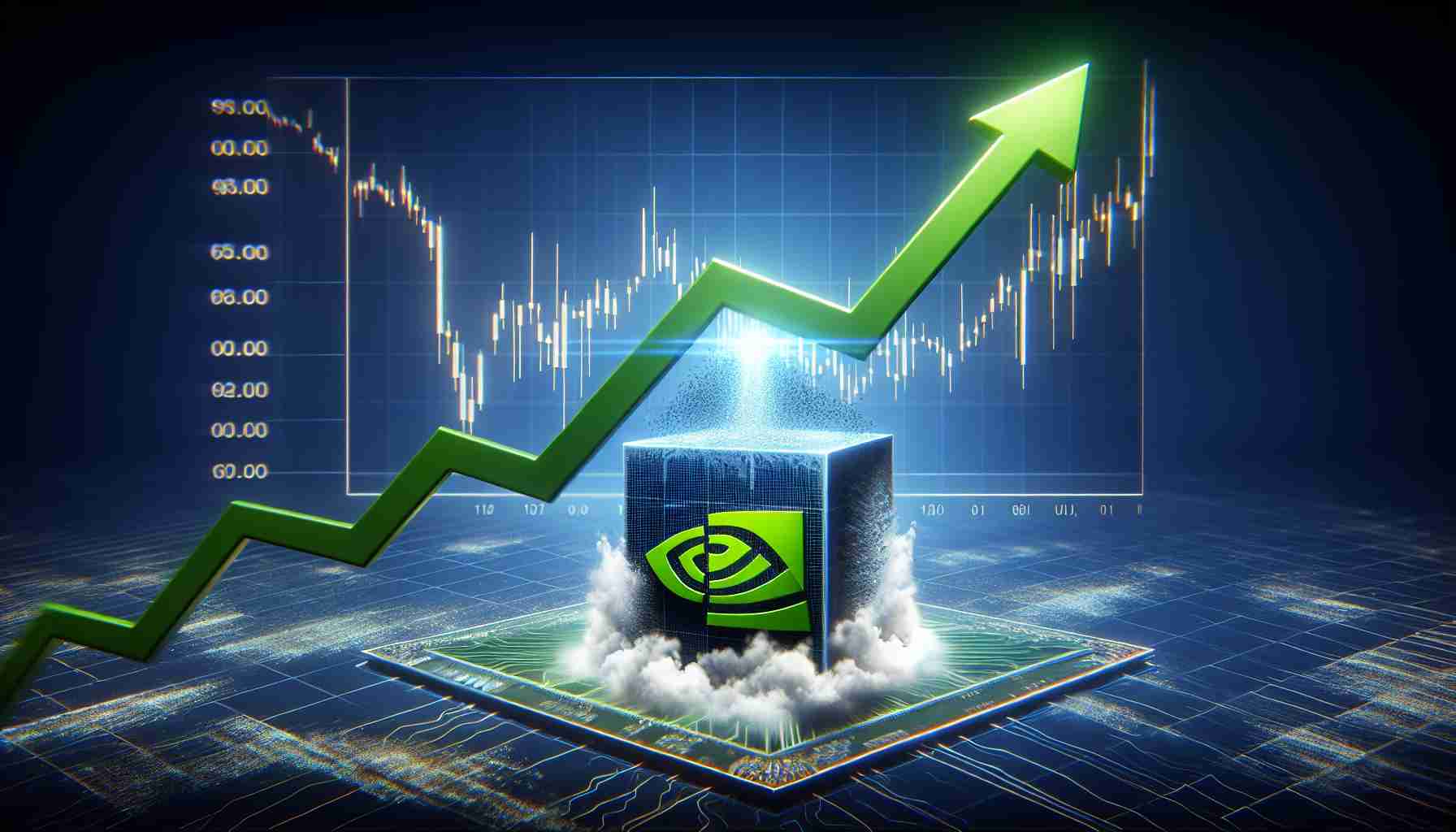- DeepSeek’s claim of training its AI model for only $5.5 million raises concerns about Nvidia’s future demand for high-priced GPUs.
- Investors are encouraged to maintain a long-term view, despite short-term stock fluctuations.
- DeepSeek’s claims are met with skepticism, highlighting the challenges of establishing trust in emerging AI companies.
- Nvidia continues to invest in next-gen technology, aiming to remain a leader in the AI sector amidst increasing competition.
- Despite stock drops, the demand for Nvidia’s AI accelerators from major players like Microsoft remains strong.
- Investors are advised to diversify their portfolios to manage risk effectively as the AI market evolves.
In the fast-paced world of AI, Nvidia (NVDA) recently felt the shockwaves from DeepSeek, a rising Chinese AI company. DeepSeek’s bold claim that it trained its AI model for a mere $5.5 million using Nvidia’s H800 accelerators has sent investors reeling. This figure stands in stark contrast to the hundreds of millions spent by competitors like OpenAI.
This breakthrough raises questions about the future demand for Nvidia’s premium chips. With the advent of more cost-effective AI solutions, companies may be tempted to turn away from high-priced GPUs. Investors are now left pondering the best strategy for Nvidia stock amidst this disruption.
Despite the noise, seasoned investors are urged to maintain a long-term perspective. While the allure of open-source efficiency is strong, skepticism surrounds DeepSeek’s claims. Nvidia’s commitment to innovation remains unshaken, with the tech giant investing heavily in next-gen chips that promise to outpace any current breakthroughs.
While it’s true Nvidia’s stock tumbled in response to the news, industry experts believe that the rush to AI isn’t slowing down anytime soon. Major companies like Microsoft still face tremendous demand for these capable accelerators, indicating a robust revenue stream for Nvidia.
Ultimately, as the AI landscape evolves, the lesson for investors is clear: Stay the course, but diversify your portfolio to mitigate risk. Nvidia’s journey may be bumpy, but its potential to lead in AI technology remains strong. Embrace the change but invest wisely!
The Future of AI: Is Nvidia Still the Smart Bet?
In light of the recent developments in the AI industry, particularly with the emergence of Chinese AI company DeepSeek and its cost-effective approach, Nvidia (NVDA) finds itself at a crossroads. DeepSeek’s claims of training its AI model for just $5.5 million using Nvidia’s H800 accelerators stands in stark contrast to the hundreds of millions invested by established players like OpenAI. This situation raises important questions about the future demand for Nvidia’s high-end chips and the overall landscape of AI technology.
Innovations in AI and Nvidia’s Response
Nvidia is not sitting still; the company is heavily investing in the development of next-generation chips that aim to maintain its competitive edge. The move towards more affordable AI solutions like those from DeepSeek may shift market dynamics, but Nvidia’s advancements in technology are designed to address emerging needs.
Trends and Insights
1. Cost vs. Performance: Companies are increasingly weighing the cost vs. performance of their AI investments. With lower-cost solutions becoming more viable, Nvidia must continue to innovate to justify its higher price points.
2. Long-Term Demand: Despite fluctuations, demand for Nvidia’s technology persists especially from major corporations like Microsoft. The enduring requirements for powerful processors in AI applications suggest a robust market remains for Nvidia.
3. Market Diversification: Investors are urged to adopt diversified strategies. While Nvidia is a frontrunner, the rapid evolution in AI technologies opens the door for new players to disrupt the market, making it crucial to balance risk across various investment opportunities.
Frequently Asked Questions
What are Nvidia’s competitive advantages in the chip market?
Nvidia’s competitive advantages include their dominant position in GPU technology, a well-established ecosystem for AI development, and continuous investments in R&D that yield leading-edge technologies. These features help sustain customer loyalty and attract new clients even amidst rising competition.
How should investors approach Nvidia stock amidst emerging competitors?
Investors should maintain a long-term perspective, focusing on Nvidia’s innovation track record and considering diversification strategies to manage risk effectively. Monitoring the performance and developments of emerging competitors like DeepSeek will also be essential.
What trends should investors watch in the AI sector?
Investors should keep an eye on trends such as the increasing adoption of open-source AI solutions, the impact of cost-effective models on traditional markets, and the pace of developments in GPU technology among leading manufacturers like Nvidia and newcomers alike.
For those looking to understand more about these market dynamics and Nvidia’s position, consider visiting Nvidia’s official website for detailed insights and updates on their latest innovations and product offerings.
